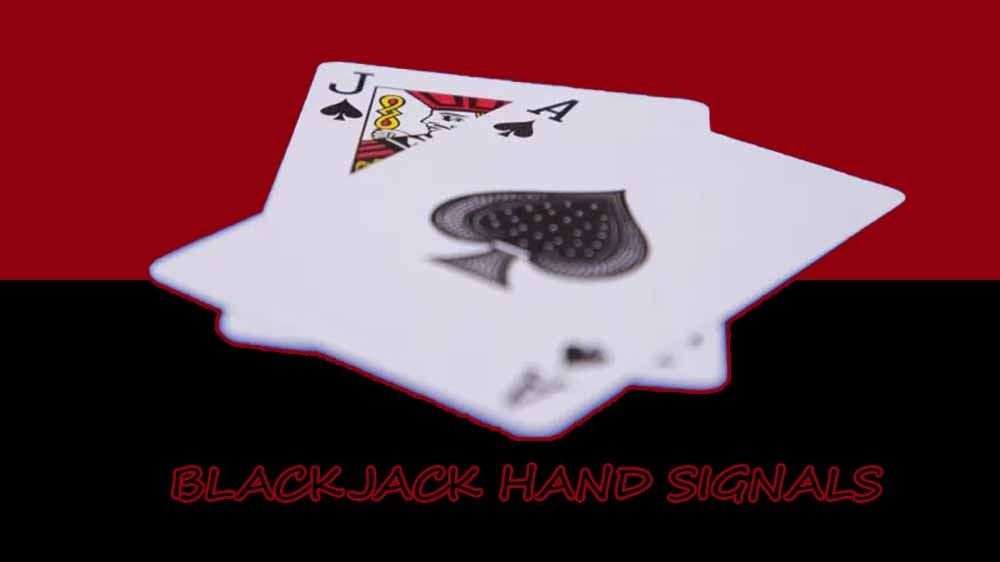


No partnership may exceed the table maximum.You must use hand signals, verbal instructions are not enough. The responsibility for correctly computing the point count total of the Player’s cards lies solely with the Player. The Dealer is the only person allowed to handle, remove or alter the location of the cards. Decisions to Split Pairs, Double Down or take insurance should be indicated verbally. To gesture a “stand”, the player must wave his or her hand over the cards. To gesture a “hit”, the player must tap the table next to his or her cards. HIT or STAND: You should indicate your decision to hit or stand with hand signals. If the player has a blackjack and the dealer shows an ace, he may request even money. Insurance pays 2 to 1 if the Dealer has a Blackjack, but loses in all other instances. The insurance wager cannot be greater than one-half of the original bet. The insurance bet is a wager that the Dealer will get Blackjack. INSURANCE: If the Dealer’s first card is an Ace, you may elect to take insurance after the initial two cards are dealt to all Players and the Dealer. In any Double Down, you draw only one additional card. Also, if the split pair are Aces, you are limited to a one-card draw on each hand.ĭOUBLING DOWN: After receiving the first two cards, except for Blackjack, or the first two cards of any split pair or a point count of 21 in two cards, you may elect to wager an additional amount not to exceed the value of the original bet. Pairs may be re-split 2 times for a total of 3 hands. Only after the first hand is played and completed may you act on the second hand. SPLITTING PAIRS: If your first two cards have the same numerical value, you may split them into two hands provided the bet on the second hand equals the original bet. If the Dealer’s face up card is an Ace, insurance will be offered (see insurance) and players with a Blackjack can request even money for their wager. If the Dealer has Blackjack the hand is a Push. If the Dealer has a 10-value card, the Dealer will check the hole card for an Ace. You will be paid at this time if the Dealer does not have an Ace or a ten-value card as a face up card. All winning bets are paid one-to-one or “even money”.īLACKJACK: If your two initial cards total 21, you have Blackjack. Otherwise, the Dealer pays all hands that exceed the Dealer’s point total, takes all bets that are less and leaves all bets that equal the Dealer’s point total (called “pushes”). If a Dealer’s point total exceeds 21, the dealer breaks and all Players win who have a point total of 21 or less. The Dealer must draw on any point total of 16 or less and must stand on any point total of 17 or more. You must gesture the stand by waving your hand over your cards. If you feel you need additional cards to beat the Dealer, you gesture one at a time for additional cards by tapping the table (called “hits”) until you decide to stand. For the dealer, the ace is also considered as either 1 or 11.

The Ace counts either as 1 or 11, whichever you choose. All cards are dealt from a dealing “shoe”. The Dealer’s second card is dealt face down and placed beneath the first card. The Dealer starts the game by dealing two cards face up to each Player. If you draw cards that total more than 21, your hand breaks and you lose. The object of this card game is to have the total point value of the cards dealt to you exceed the point value of the Dealer’s hand without going over 21. In the game of Blackjack, each Player’s wager is a bet against the Dealer’s hand. The rules are simple to learn and the game is easy to play. Corner Suites: King with Jacuzzi Non-Smokingīlackjack or “21” is the casino’s most popular table game.


 0 kommentar(er)
0 kommentar(er)
